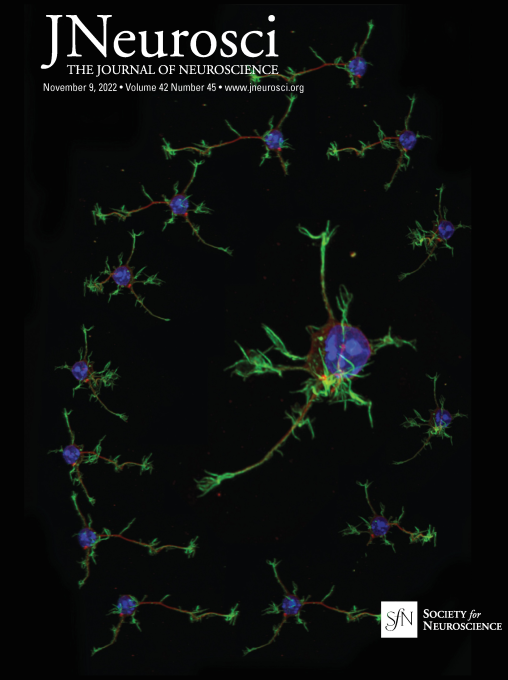Prof. Farzan Nadim publishes neuroscience review paper

Junichi Yoshida, Maritza Oñate, Leila Khatami, Jorge Vera, Farzan Nadim and Kamran Khodakhah, Journal of Neuroscience, 9 November 2022, 42 (45) 8406-8415; DOI: https://doi.org/10.1523/JNEUROSCI.1535-22.2022
Both the cerebellum and the basal ganglia are known for their roles in motor control and motivated behavior. These two systems have been classically considered as independent structures that coordinate their contributions to behavior via separate cortico-thalamic loops. However, recent evidence demonstrates the presence of a rich set of direct connections between these two regions. Although there is strong evidence for connections in both directions, for brevity we limit our discussion to the better-characterized connections from the cerebellum to the basal ganglia. We review two sets of such connections: disynaptic projections through the thalamus and direct monosynaptic projections to the midbrain dopaminergic nuclei, the VTA and the SNc. In each case, we review the evidence for these pathways from anatomic tracing and physiological recordings, and discuss their potential functional roles. We present evidence that the disynaptic pathway through the thalamus is involved in motor coordination, and that its dysfunction contributes to motor deficits, such as dystonia. We then discuss how cerebellar projections to the VTA and SNc influence dopamine release in the respective targets of these nuclei: the NAc and the dorsal striatum. We argue that the cerebellar projections to the VTA may play a role in reward-based learning and therefore contribute to addictive behavior, whereas the projection to the SNc may contribute to movement vigor. Finally, we speculate how these projections may explain many of the observations that indicate a role for the cerebellum in mental disorders, such as schizophrenia.
